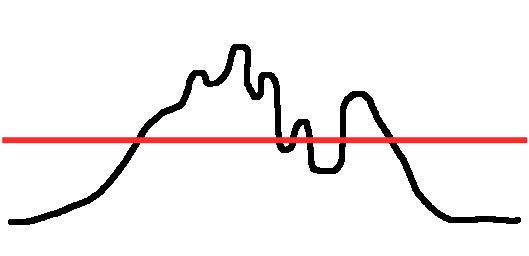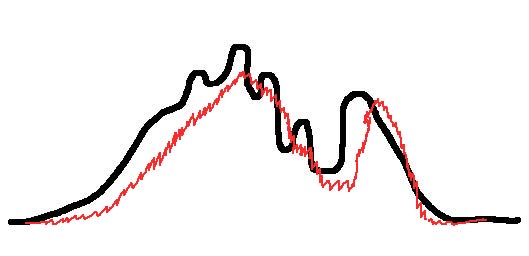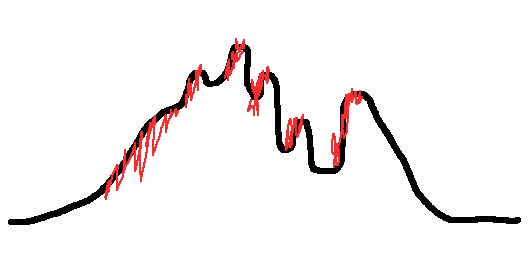This task, to determine which small tube amps will have the greatest chance to be able to produce a drug-like sound, is very dependent on the speakers being used. But each amp does have general characteristics that we can try and talk about on a ‘generic’ speaker.
As a generic speaker, let’s just imagine we did a melting together of the following [we are leaving out extremely hard to drive speakers and those that have issues] $12K to $25K speakers: Kharma 3.2, Avantgarde Duo, Marten Getz, Marten Miles, Wilson Sophia, Quad, the small Gershwin, Audio Machina, and all of the many Audio Note speakers in this price range… [I am trying to think of all the speakers that had micro-dynamics – and therefore a chance to be drug-like – when I have heard them driven by small tube amps in this price range. I know I am forgetting a few. There are also quite a few above $25K].
Others in this price range I have heard have good micro-dynamics driven by good solid-state: Avalon Opus/Indra, SoundLab, …
This is a really funny exercise for me… for example, a lot of these speakers often have so-so [or worse] Boy Toy amps on them at most shows and sound, you guessed it, so-so [or just bad]. Many more speakers might do fine with small tube amps – but there is so much pressure to create that Boy Toy sound at shows [we feel this pressure ourselves when we exhibit at shows], that exhibitors [and no doubt your average dealers] take the path of least resistance and put a big Boy Toy amp on the speakers.
Why is there this pressure to show Boy Toy sound?
Anyway… [including Joule Electra and Atma-Sphere here with the small amps, being OTL and all. Lars is by Engström & Engström. VAC is here because… it has more of a small amp sound]
Micro-Dynamics =>
Jolida – Rogue – Cary – Art Audio – Pathos – Atma-Sphere – Manley – ASL – Air Tight – Tri – Joule Electra – Conrad Johnson – Audio Valve —> Mastersound – Nagra – WAVAC – VAC – Zanden – Berning OTL —> Lars – Audio Note – Lamm
Micro-Harmonics / Harmonic Purity =>
Pathos – Rogue – Atma-Sphere – Jolida – WAVAC – Cary – Air Tight – Manley – ASL – Art Audio – Tri – Conrad Johnson – Nagra —> VAC – Berning OTL – Mastersound – Joule Electra —> Lars – Zanden – Lamm – Audio Note
[This is just a VERY general categorization, it REALLY depends a LOT on the speakers you are using – though less so with the amps with very-high-quality output stages like Audio Note and Berning or beefier outputs like VAC, Joule-Electra.
TBD: Shindo have not been heard with equipment of known decent quality – i..e their sound has not impressed but the associated equipment could have been the potential culprit. Have not heard Jadis in a long time (but they will be at CES 2011)
—> indicates a wider gap. Elsewhere one could, arguably, perhaps, swap an amp with its neighbor amp or two.
Mixing Micro-harmonics and Harmonic purity like this in the same list was convenient but might be a mistake although I believe both contribute to a drug like complexity to the sound].
OK. Comments?






